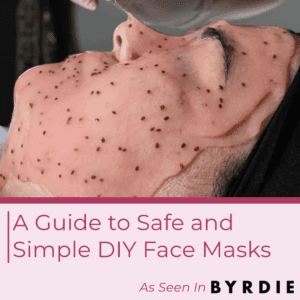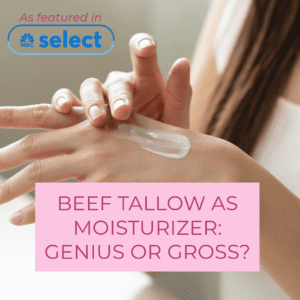It’s Not All About the Face: Neck and Chest Anti-Aging
We often focus on our face when it comes to anti-aging, but we should not forget about areas such as our neck, chest and hands. These areas show similar signs of aging as our face, but are often neglected. This summer, board-certified dermatologist Dr. Mona Foad will share how to prevent and reverse aging during a three-part series, “It’s Not All About The Face.” See the full article in Cincinnati Magazine!
Part I: How to Achieve Neck and Chest Anti-Aging
The skin on the neck and chest is uniquely different from the skin on our face. The neck has thinner skin, which can often be more prone to laxity or sagging. In addition, the neck and chest often receive similar amounts of daily sun exposure as the face, but can be neglected when it comes to SPF application. The natural aging process also brings reduced collagen production, loss of hydration, slower cellular turnover, and more. The good news is that there are many tools available to help slow down or reverse the aging process without surgery.
Lifestyle
Sleep: Aim for adequate sleep as your skin cells repair overnight. If you are a side sleeper, you may develop chest wrinkles. Try sleeping on your back, using an anti-wrinkle chest pillow, or applying silicone patches at night.
Hydration: Our skin loses hyaluronic acid and becomes drier as we age. Boost your natural hydration by drinking plenty of water and limiting alcohol consumption.
Nutrition: Fruits and vegetables are packed with antioxidants, vitamins, and minerals that contribute to skin health. You can also support your skin’s building blocks like collagen and elastin by eating good-quality protein sources. Fish, chicken, eggs, and bone broth are rich in omega-3 fatty acids and amino acids and are great choices.
Skin Care
Protection: Everyone should apply SPF to their neck and chest daily. This is one of the most affordable and effective ways to protect against damage from the sun. Sun exposure can contribute to both skin cancer and premature aging.
Discoloration: Our neck and chest get the same sun damage as our face, and you may start seeing these effects with more uneven skin tone and discoloration. Other than sunscreen, consider incorporating products that prevent brown spots from forming, such as SkinMedica Even & Correct System. Ask your dermatologist about prescription-strength products such as Hydroquinone that you can use in short cycles.
Loose Skin: SkinMedica’s Neck Correct Cream is formulated specifically for the neck and chest. It is also clinically proven to lift, firm, and smooth the skin. Also, consider adding a growth factor such as TNS Advanced+ Serum, which helps the skin to “act young.” It is one of the only products on the market proven to address sagging skin.
Keep It Simple: If you do not want to invest in a product specifically formulated for neck and chest rejuvenation, consider applying the products you are using on your face to your neck and décolleté. Common facial skincare products such as antioxidants, retinoids, and hyaluronic acid are also great choices.
Treatments
Ban the Bands: If you are noticing banding on your neck area, one of the simplest ways to reduce this is with Botox. It recently received FDA approval for this area! Did you know that the main muscle in your neck, the platysma, can pull down your face? By relaxing the muscles in this area, the jawline appears more lifted and horizontal lines (“necklace lines”) and vertical neck bands are softened.
Laxity & Sagging: If your neck is not as tight as it used to be, consider treatments to build your skin’s collagen and elastin.
- A biostimulator such as Sculptra, is an injection that builds your skin’s collagen and elastin.
- Ultrasound and radiofrequency treatments build collagen and tighten skin anywhere on the body. They also have the added benefit of little to no downtime!
- EmFace is a muscle stimulation device with radiofrequency that tightens and lifts the skin under the chin.
- Ellacor Micro-coring creates the most dramatic improvement for laxity, but has more significant downtime. By removing small cores of the skin, the remaining healthy skin comes together to heal the injury, tightening skin in the process.
Discoloration: Lasers and lights are great options for targeting stubborn brown and red pigment on the neck and chest. Intense Pulse Light (IPL) or Broadband Light (BBL) have little to no downtime and reduce overall discoloration after a series of three treatments. A deeper resurfacing laser, such as the Fraxel Dual, has a bit more downtime (5-7 days). However, offers more dramatic results and a boost in collagen to treat fine lines, wrinkles, and texture.













